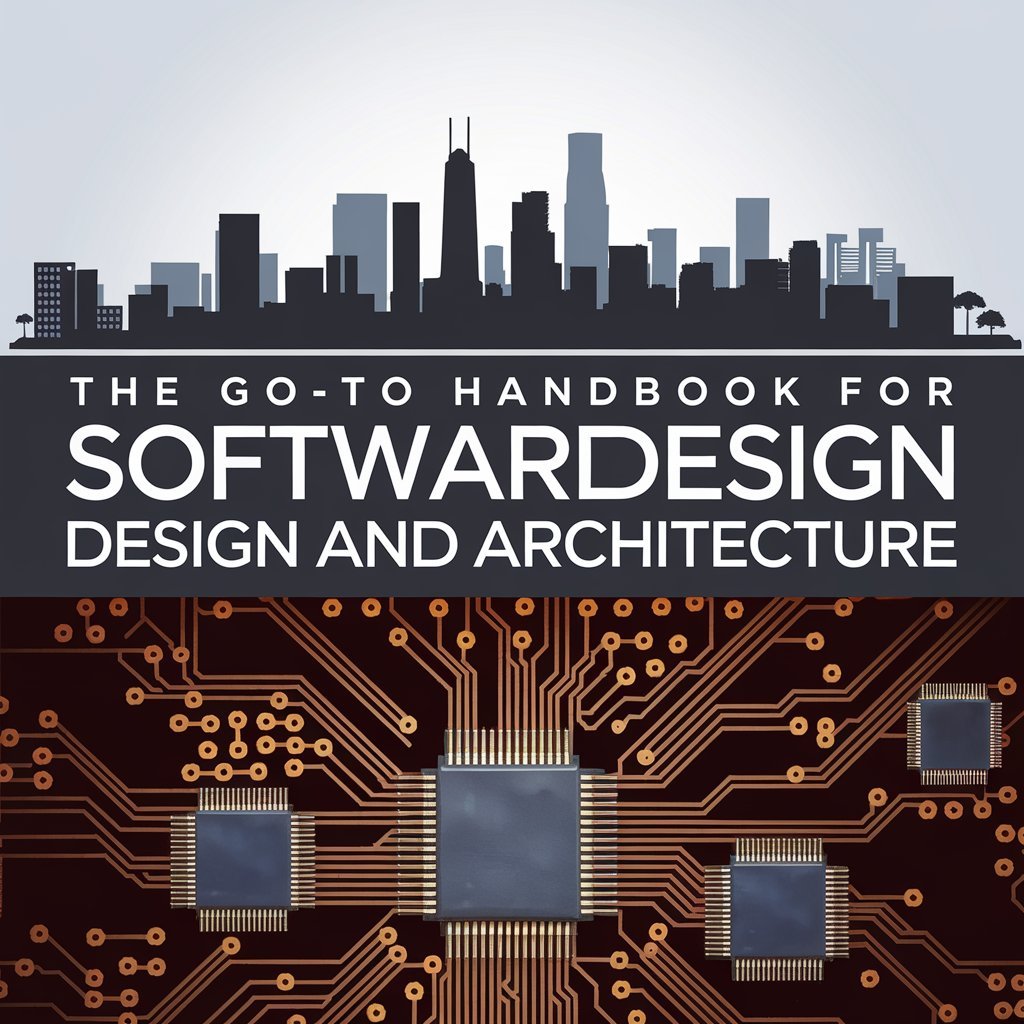
Course eBook : solid the software design and architecture handbook
Learn to Write Testable, Flexible, Maintainable Code
Have you ever noticed that your code gets worse over time, instead of improving? This guide is designed to help professional software developers master basic software design and architecture techniques often overlooked in traditional education.
What Will You Learn?
Clean Code
Writing clean code is an art form that requires thought and attention to detail. In this chapter, you’ll discover how to write brain-friendly code that is easy for others to understand and work with. By focusing on human-centered design principles, you’ll learn coding conventions used by professional developers daily. This includes best practices for writing helpful comments, organizing and naming code, testing, refactoring, and handling errors efficiently.
Object-Oriented Programming and Domain Modeling
Do you struggle with deciding where to place your business logic? In this section, we’ll dive deep into Object-Oriented Programming (OOP), reimagining its use to simplify complex applications. You’ll learn how to create rich domain models that encapsulate business logic, separate it from frameworks and tools such as Express.js and Sequelize, and develop scalable and maintainable applications.
Design Principles
Design principles serve as guidelines for creating well-structured code. This chapter will help you identify the qualities that make code great—or not so great. By applying core software design principles, you’ll be able to spot bad design practices and learn how to refactor code using proven patterns that improve readability, maintainability, and flexibility.
Architectural Principles
Have you ever changed a function only to break something elsewhere in your application? This section covers how to build modular, testable, and flexible applications using architectural principles. You’ll explore Conway’s Law and learn how to define clear boundaries in your codebase, ensuring changes in one part of the application don’t lead to unexpected consequences elsewhere.
Building a Real Application with Domain-Driven Design (DDD)
Sometimes, CRUD operations and Model-View-Controller (MVC) architectures aren’t enough. In this chapter, you’ll explore Domain-Driven Design (DDD)—a software development approach that helps tackle complex problem areas by transforming them into expressive, evolving software. You'll learn the fundamentals of DDD, how companies scale their codebases from monoliths to microservices, and how to build a real-world forum application using these principles.

